Are you interested in exploring historic homes? Here are the must-see historic houses in Liverpool:
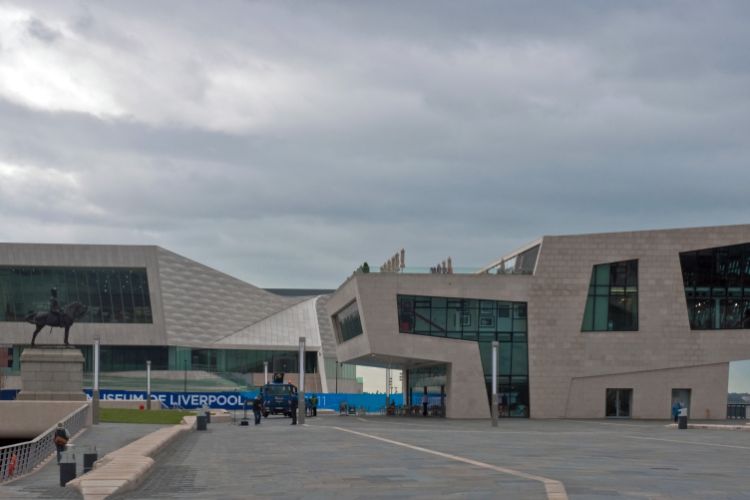
Museum of Liverpool
LiverpoolThe Museum of Liverpool, situated in Liverpool, England, is a significant cultural institution that narrates the history of Liverpool and its people. It reflects the city's global significance, offering visitors a comprehensive understanding of the city's past and its impact on the world. The museum is a testament to Liverpool's rich history and diverse culture, making it a worthwhile destination for those interested in learning more about the city and its people.
Mendips
LiverpoolMendips is the childhood home of Beatles' singer and songwriter John Lennon. The house is a fine example of 1950s semi-detached housing. Visitors to Mendips can still see the house and garden as it was when John Lennon lived here and the house still feels like a real home. The house is now Grade II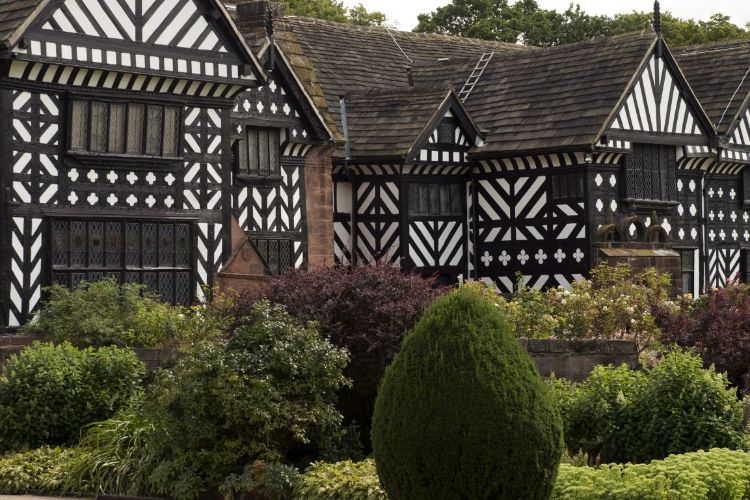
Speke Hall, Garden and Estate
LiverpoolSpeke Hall, located in Speke, Liverpool, England, is a remarkable example of a wood-framed wattle-and-daub Tudor manor house. Its architectural style and preservation make it one of the finest surviving examples of its kind. This historic building offers a unique glimpse into the past, showcasing the craftsmanship and design of the Tudor period.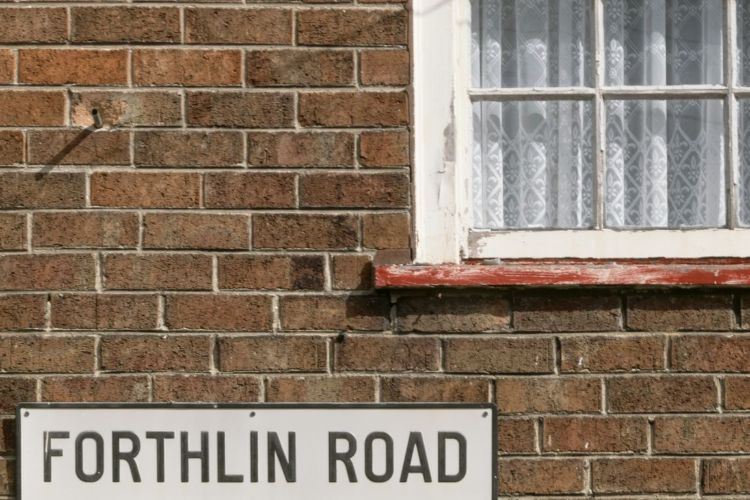
20 Forthlin Road
Liverpool20 Forthlin Road in Liverpool is a significant location in the history of British rock music. This is the house where Paul McCartney, renowned singer and songwriter of the legendary band The Beatles, resided with his family from 1955 to 1963. The house is situated in the Allerton district in the south of Liverpool. It is a part of the city's social housing project and is now maintained by the National Trust.- 5
St George's Hall
LiverpoolThe World Museum, located in Liverpool, England, is a part of the National Museums Liverpool network. This network is a collection of several museums and galleries, each offering a unique insight into different aspects of natural history, art, culture, and history. The World Museum, in particular, is known for its vast collection of natural history exhibits. 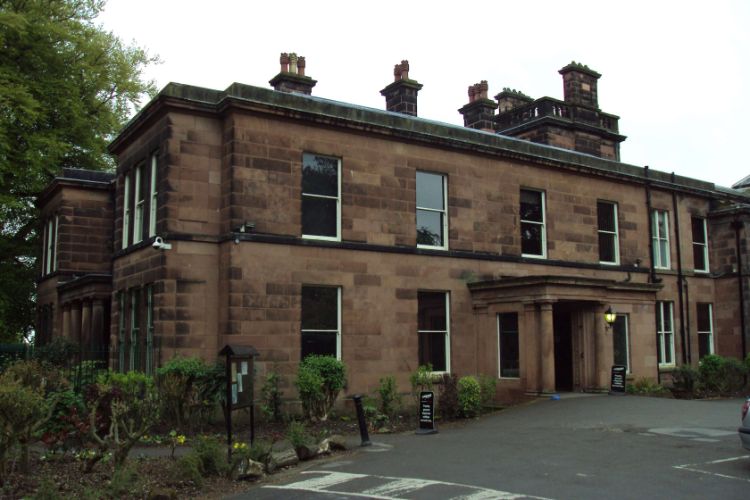
Sudley House
LiverpoolSudley House, located in Aigburth, Liverpool, England, is a historic house that dates back to 1824. It underwent significant modifications in the 1880s. This house is not just a piece of architectural history, but also a testament to the changing times and tastes of the period.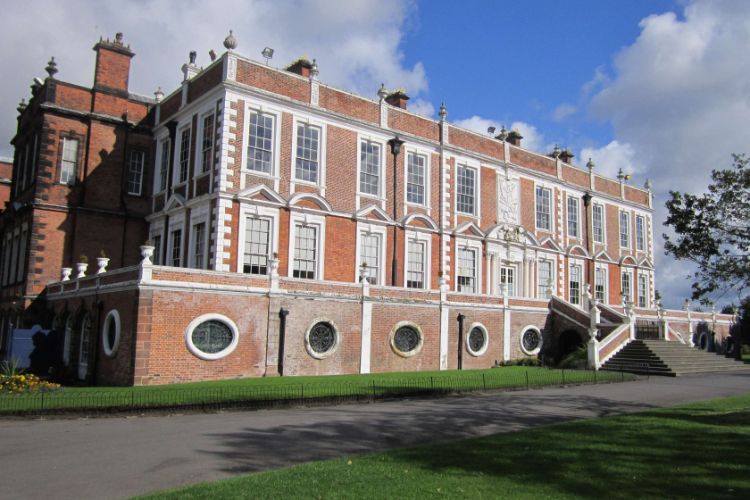
Croxteth Hall and Country Park
LiverpoolCroxteth Hall is a country house of significant historical value, located in the suburb of West Derby in Liverpool, England. It is a Grade II* listed building, indicating its importance in the nation's built heritage. The hall was the former country estate and ancestral home of the Molyneux family, who held the title of the Earls of Sefton. This makes it a site of interest for those keen on exploring the history and heritage of Liverpool and its surrounding areas.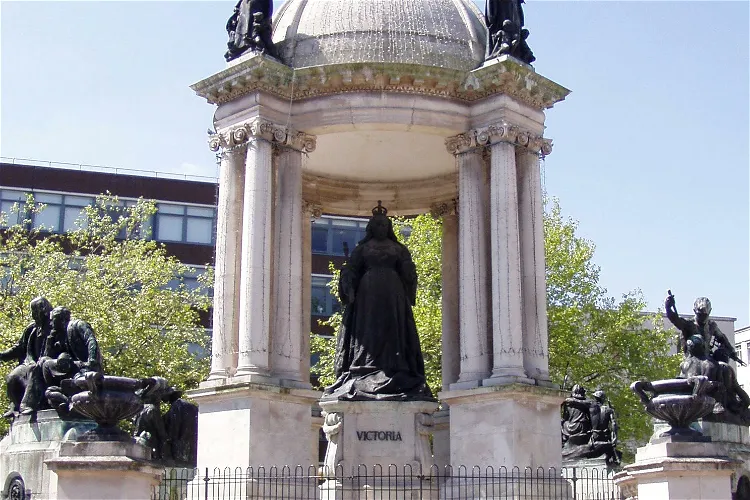
Queen Victoria Monument
LiverpoolThe Queen Victoria Monument, located at Derby Square in Liverpool, is a grand neo-Baroque or Beaux-Arts monument. It is built over the former site of Liverpool Castle, adding a layer of historical significance to its location. The monument is a testament to the architectural prowess of the time and offers a glimpse into the city's rich past.
The Hardmans' House
LiverpoolThe Hardmans' House is not just a historical property, but also a place of artistic significance. It served as both the home and studio of renowned photographer E. Chambré Hardman from 1947 to 1988. His wife, Margaret, who was also his business partner and a fellow photographer, lived and worked there until her death in 1969. The house offers a unique insight into the lives and works of these two photographers.